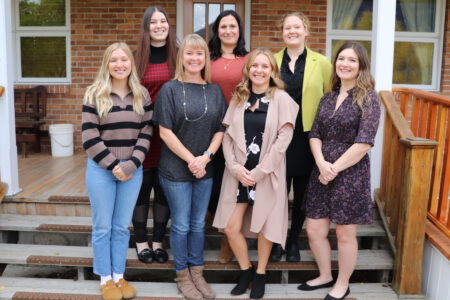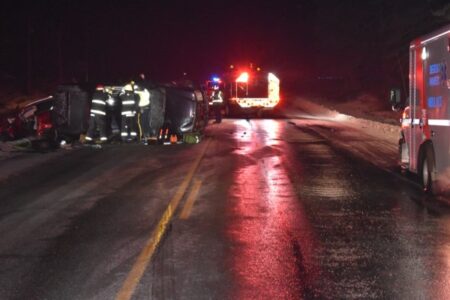River Talks — Some call them Salmon, I call them Persistence
Eileen Delehanty Pearkes has been researching and writing about the history and politics of water in the upper Columbia Basin since 2005.
Her book on the Columbia River Treaty, A River Captured, is forthcoming in 2016. Recently, her travelling exhibit on the Columbia River Treaty, curated for Touchstones Nelson, won a national award from the Canadian Museum Association.
Pearkes has agreed to help The Nelson Daily readers understand the importance of the Columbia River Treaty to the region with another edition of River Talk.
Today Pearkes writes about the importance Columbia River Treaty Fish.
The Columbia River Treaty Fish are rising to feed. These Treaty Fish are unique. It requires great patience for anyone hoping to get one on the line. Some call them
Salmon. I call them Persistence.
Near the end of May this year, members of a U.S. Pacific Northwest congressional delegation received a letter from the U.S. State Department, indicating that the U.S. federal government has decided to include ecosystem-based function in their goals for modernizing the CRT.
The letter described the increasing momentum in the “internal deliberations” of the U.S. national government in Washington D.C.
This is good news for the river, and for its fish.
The B.C. government, and the various affected entities in the U.S. Pacific Northwest released their positions on the CRT over a year ago, with the B.C. government pointedly stating that salmon and their restoration were not specifically a CRT issue, since the dam that blocked them from our waters in Canada was completed two decades prior to the CRT.
In the Columbia Basin, we are on wait and watch mode. While I’ve talked to some people on the streets who are under the impression that the CRT has either already been updated or will be soon, the truth is that updating the treaty is an open-ended possibility, with no assurance.
Our lines are cast; we await the first serious tug.
Tribal and public utilities interests in the U.S. are loading the hooks with fresh bait. It’s true, neither tribes and First Nations nor utilities have any jurisdiction to re-negotiate an international treaty between two countries.
However, some of these interested parties do have a more and more passionate desire to renew the health and well-being of the Columbia River – so that it can be both a source of hydro-electricity, and a home for fish.
For the tribes, the words “ecosystem-based function” have one simple synonym: salmon. A Columbia River that operates more like its historic ecosystem is also a river friendly to Chinook, coho and sockeye.
Prior to the construction of the 15 major main-stem dams in both countries, the Columbia and its tributaries evolved over thousands of years to be one of the richest and most productive salmon rivers in North America.
Spawning salmon linked the headwaters trickling in the shadow of the Rocky Mountains with the Pacific Ocean, 2,000 kilometers downstream, with the great surging river between a highway of miraculous exchange between the mountains and the sea.
Salmon are persistent, adventurous fish.
They exit their spawning grounds as fingerling fry, ride on spring-flood current to the ocean, then range all about the coastal waters to feed and fatten. When their homing instincts stir, they turn back up freshwater rivers, pushing against the current to return to spawn.
The natural flood-cycles of the Columbia’s snow-charged currents are a perfect stage for this persistent passage.
Through the tireless work of many U.S. agencies and tribes, and the legal protection from the Endangered Species Act, salmon species are resurging on the Columbia below Grand Coulee Dam.
How far can the human hand to these fish extend?
What will it take to help them get around Grand Coulee Dam, to eventually re-enter Canadian waters?
It’s an idea many would have considered preposterous two decades ago. About a decade ago, a small, dedicated bunch began to nurse the dream. A coalition of 15 tribes in the U.S. agreed to set aside their differences and unite behind the principle of salmon restoration, both below and above Grand Coulee.
Today, a larger and larger group of people believe that salmon not only can but will find a way around the dam in the central Washington desert, with our help.
To learn more about salmon returning to the upper Columbia Basin in Canada, you can attend one of four upcoming informational meetings hosted by the Upper Columbia United Tribes (http://ucut.org/): Grand Forks (June 22) at the Gem Theatre; Nelson (June 23) at the Rod & Gun Club; Nakusp June 24 at the Bonnington Arts Centre; and Revelstoke June 24 at the United Church.
All meetings start at 7 p.m. and include a screening of the 20-minute film Treaty
Talks, also available here http://voyagesofrediscovery.blogspot.ca/























Comments